Monday March 20, 2023
Today was very rewarding with two different, but excellent, stops en route from Williamsburg to Suffolk, VA. The first was at the opposite end of the Colonial Historic Parkway from Jamestown where you will find the Yorktown Battlefield unit of the Colonial National Historical Park. Unlike Jamestown, which is swampy and has largely swallowed its history, Yorktown battlefield, the site of the final defeat of the British by 7,000 American and French soldiers, is much better preserved than most civil war battlefields I have seen. The visitor center has the customary film to explain the events that took place here and there is also a small museum displaying two of the original tents used by Washington during the revolutionary war, a small one he used as his sleeping quarters and a much bigger one used as his war room. These valuable artifacts are displayed behind glass with very low level lighting and, unfortunately, it was impossible to get a picture due to reflections of the bright lights elsewhere. The battle was basically an encirclement and bombardment by the Americans and French of the British forces that were in Yorktown. They were greatly aided by the French navy which prevented the Royal Navy from reinforcing the garrison or providing a means of escape. The British commander, Cornwallis, surrendered his men and equipment and this lead to the Treaty of Paris whereby the US gained its independence.
A signposted tour of important battlefield sites, which are surprisingly well preserved, allows visitors to envisage the events.
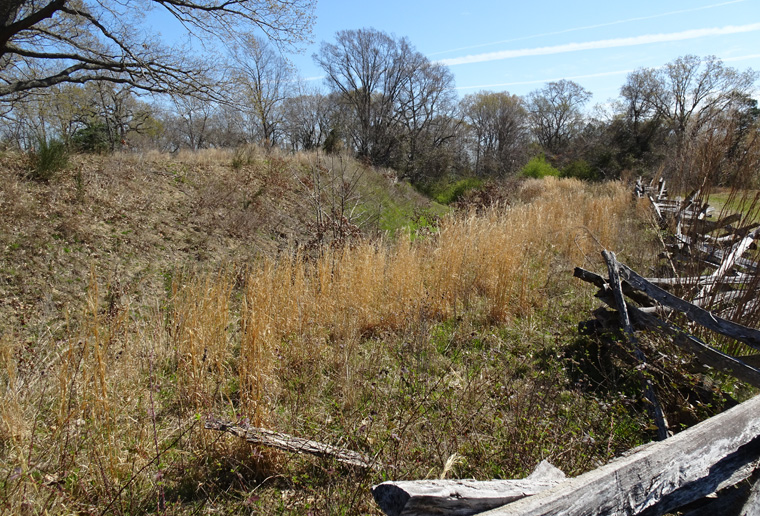
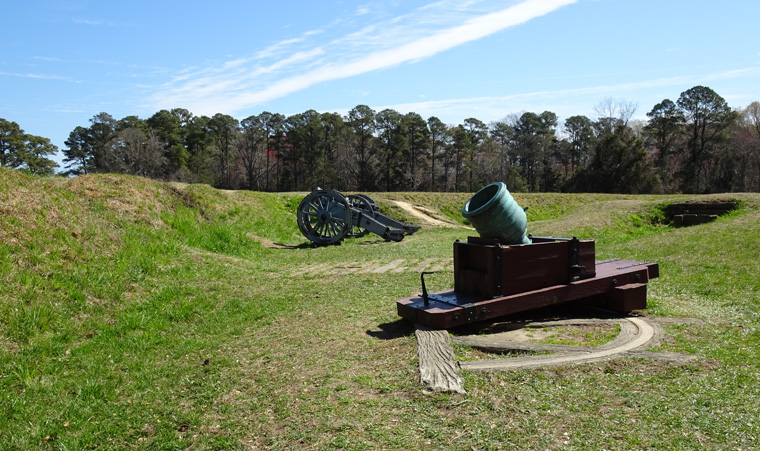
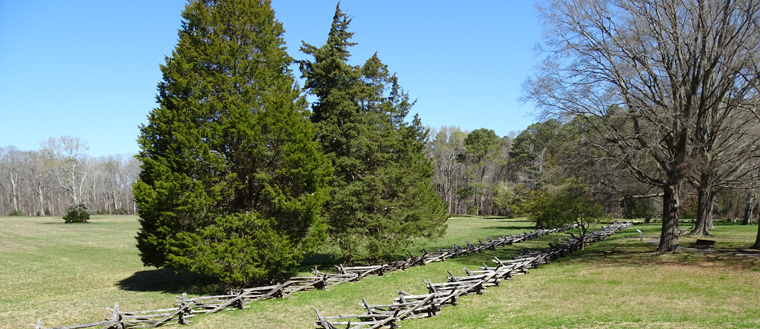
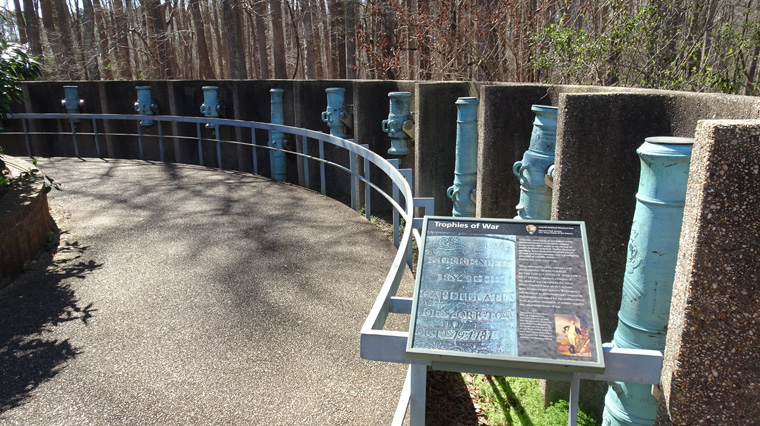
My other stop was at The Mariners’ Museum and Park in Newport News, VA. This is a private museum funded by a foundation formed by the Huntington family who were the wealthy family that founded Huntington Shipyards (now called Newport News Shipbuilders since a merger) that is the only builder of aircraft carriers for the US Navy and the biggest industrial employer in Virginia. The shipyards were founded in 1886 and the museum was founded in 1930 and has since been designated as the National Maritime Museum by Congress. The complex includes the world’s largest maritime library, a maritime conservation and preservation lab, a collection of over 30,000 maritime artifacts, and a 550 acre park. I will use photos to describe my highlights as there is far too much to describe fully.
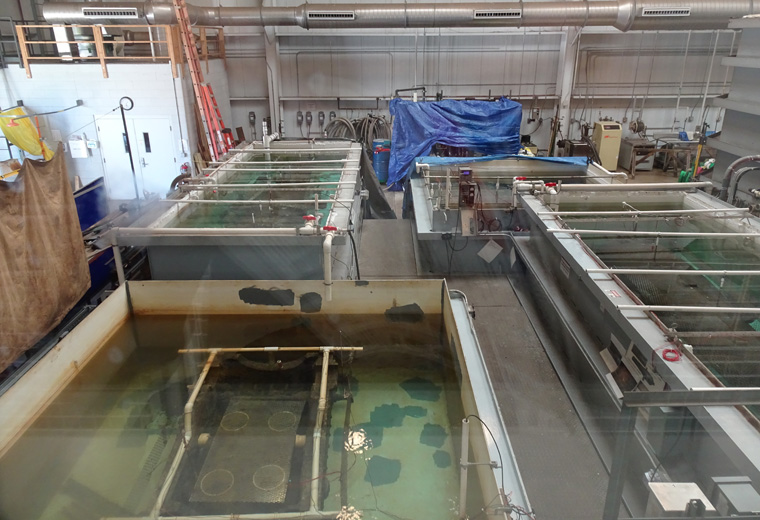
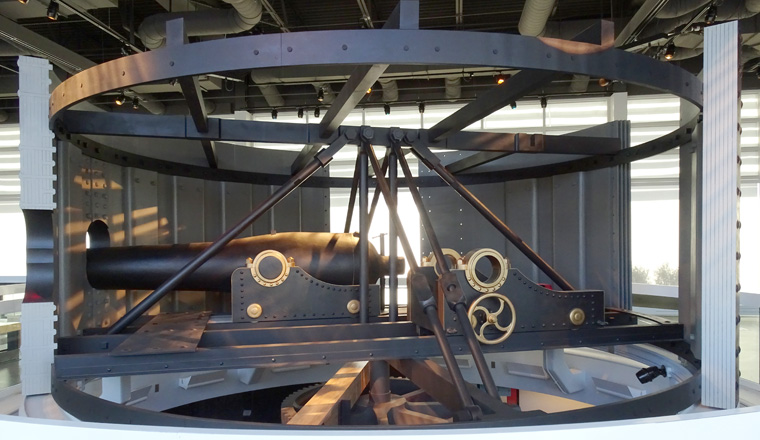
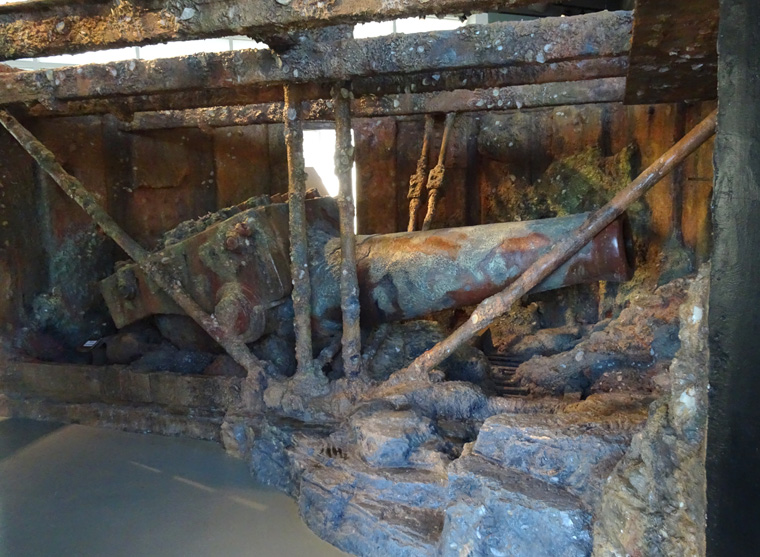
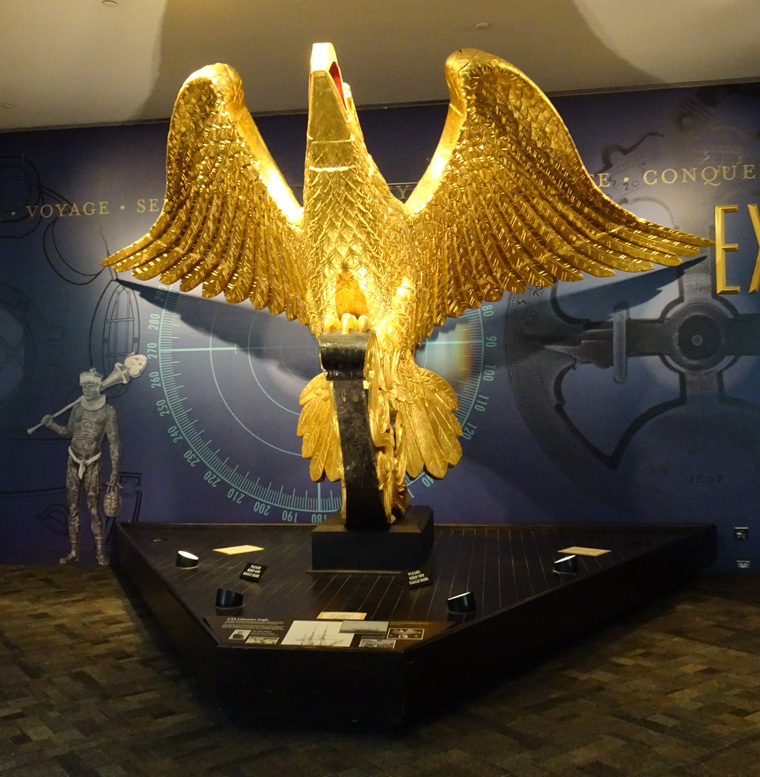
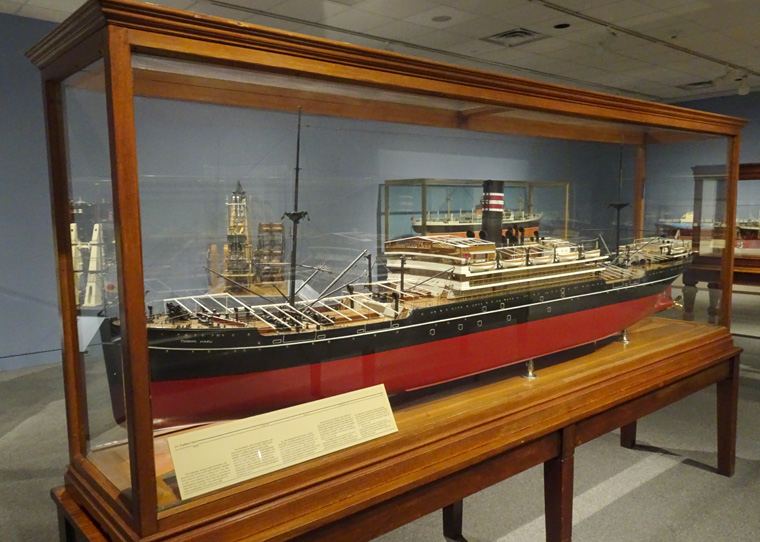
After spending 2 1/2 hours in the museum I feel I got my money’s worth from this visit – especially since the admission fee is $1. I then took a short walk part way along the 5 mile Noland Trail in the park. The trail circumnavigates a lake and is in wonderful condition. Both the museum and park are examples of what can be done when resources are plentiful. It’s no wonder this is one of the most highly rated museums I have seen on TripAdvisor.
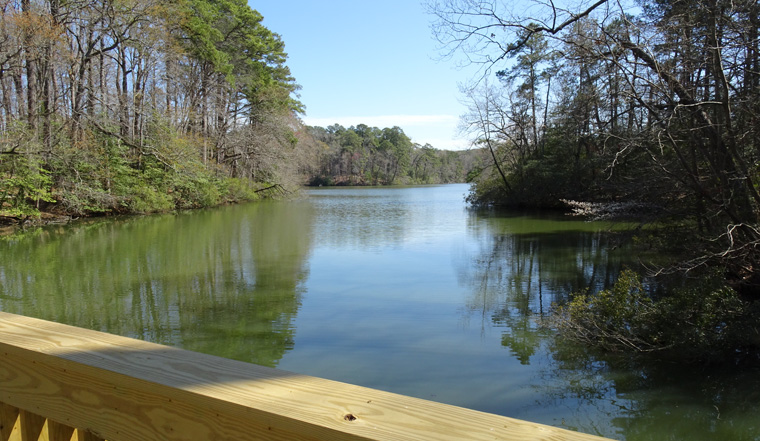

Thanks, Steve. Your stops thus far convince me that this is a trip I’ll take soon. There’s so much history packed in a small space!
Thanks for following along. I find there are always interesting places to visit and learning never stops. It’s often the less celebrated places that are more memorable.
Always a real pleasure to follow your journeys, as you never fail to find real gems on route.
Thanks. The ability of people to create interesting places to visit seems endless so travel is never boring.
Steve, I marvel how a man who has lived with science now immerses himself in history. I wonder whether you know how this defeat demoralized Cornwallis personally . It is said that he was determined to redeem the loss in India and it motivated him to fight fiercely against Tipu Sultan in south India who was holding out quite successfully against the British. He defeated Tipu Sultan and installed all kinds of administrative measures that shored up British rule in India. He is generally thought of as a very successful administrator in India. I remember studying him as part of Indian history. We were global even then!!
At the battlefield they said that Cornwallis was so demoralized that he took to his bed after terms were agreed but I had not known how it had affected India. Just shows how interconnected the world was even then. Thanks
Also I love the role the French played in the battle of Yorktown. Sometimes when I think about it the alliances seem like primary and high school friendships!!
Yes, in the battle of Yorktown it was the Americans and French against the British and the Germans. Ironic!